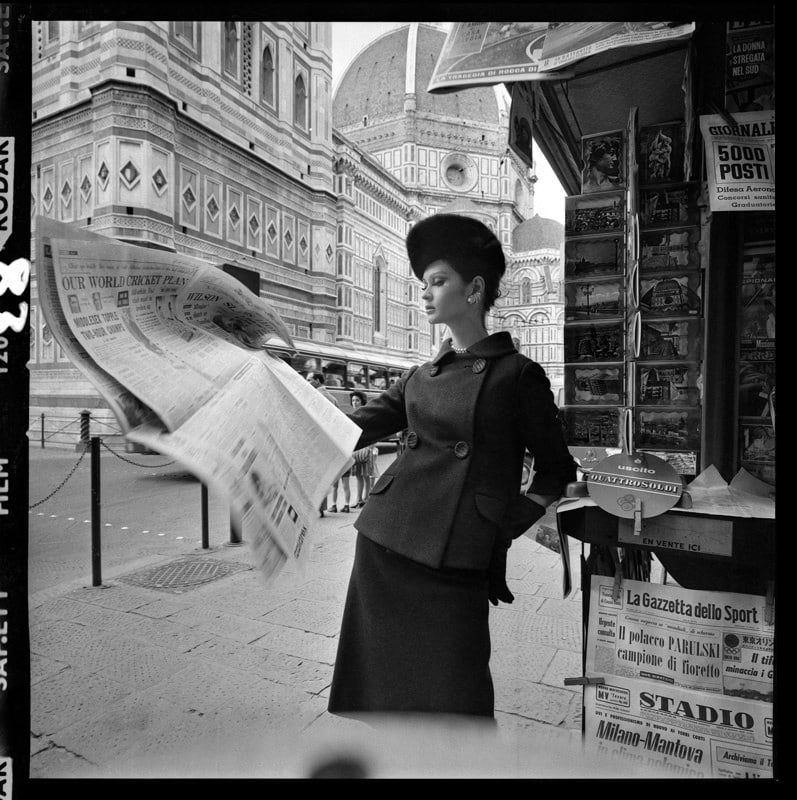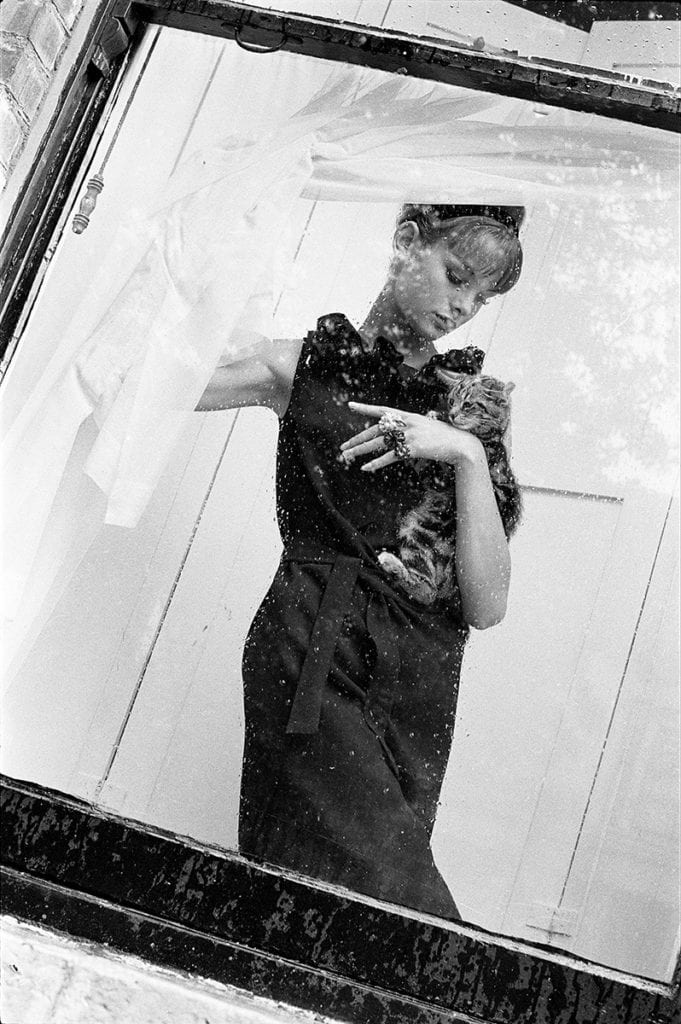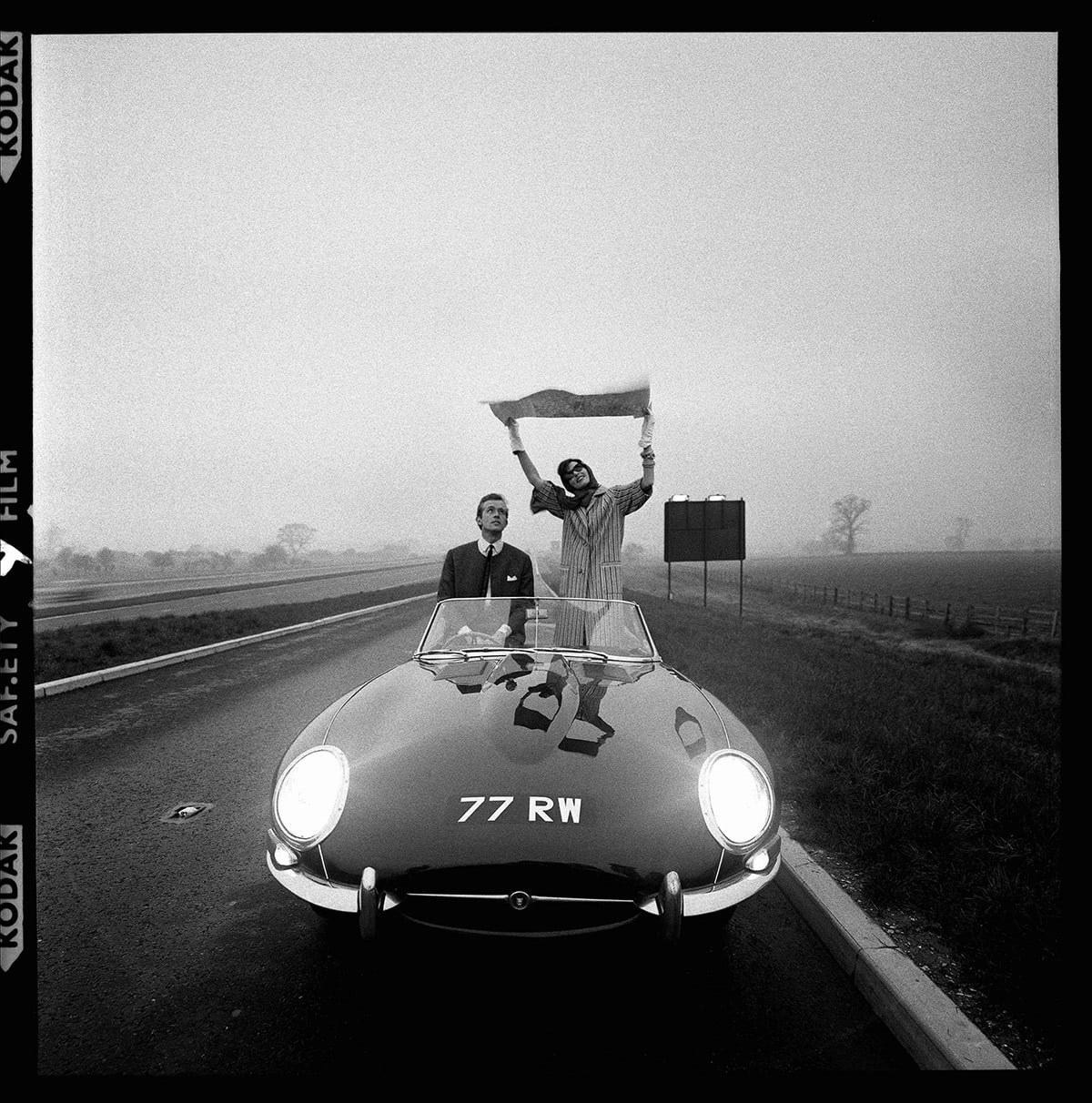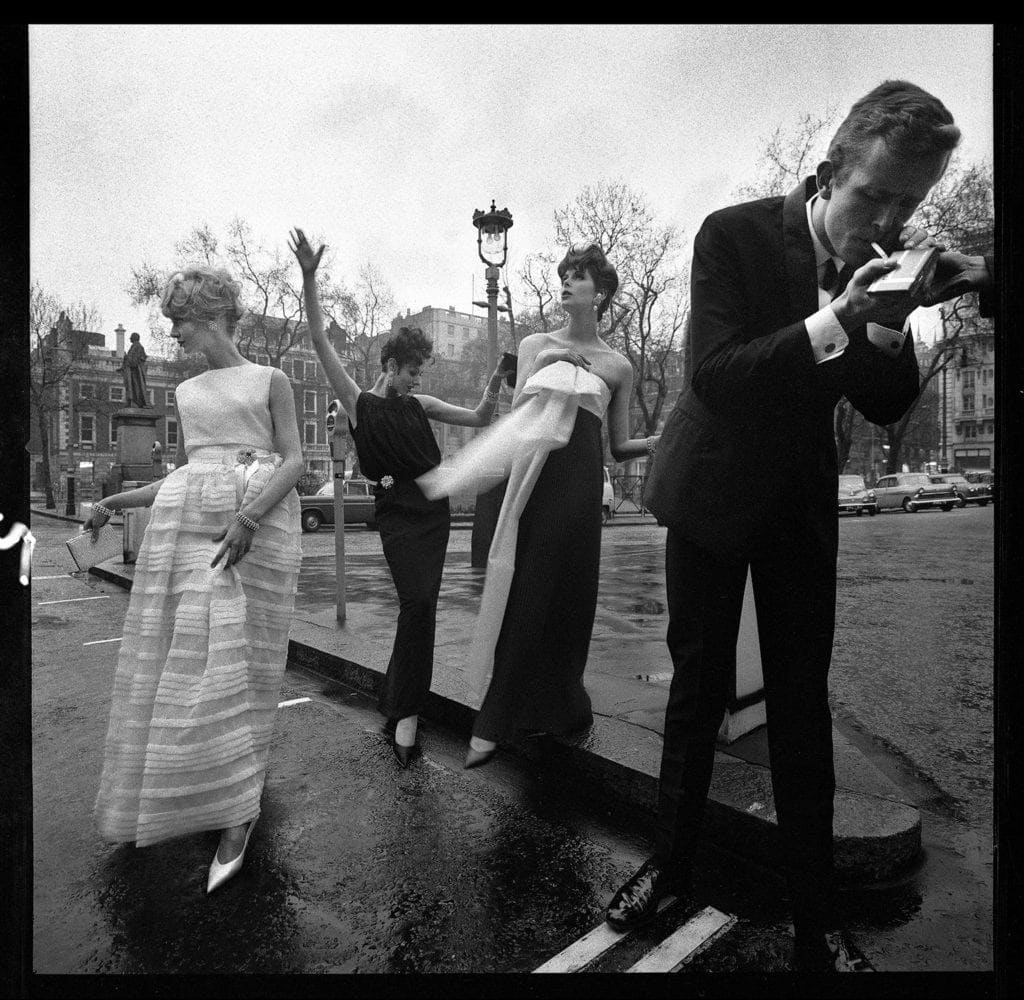Cutting-edge photographer and film producer, Brian Duffy, was a blizzard of talent and contradictions, best remembered for his fashion and portrait photography of the 1960s and 1970s.
Brian Duffy Prints For Sale (17):
Artist Biography
Brian Duffy
UK
B. 1933 – 2010
EnquireEarly Life
Brian Duffy was born in 1933 to Irish immigrant parents, in the East end of London. He grew up in a heavily politicised household, both his parents were strict Catholics, and Duffy was brought up in a typical working-class family. At the age of twelve he was enrolled at an early version of a progressive school in South Kensington, run by the London County Council. Staffed by injured ex-servicemen it aimed, amongst other things, to introduce “problem children” to the arts. Duffy was taken to art galleries, the opera, the ballet and museums, and soon after began to experiment with painting. In 1950, Duffy won a place at Central Saint Martin’s to study painting.
He thrived in the school’s liberal environment and during this time met a number of significant figures in British art including, Frank Auerbach, Leon Kossof, Joe Tilson, and Len Deighton (who became a lifelong friend). It took a number of years for Duffy to discover that photography was the best outlet for his creativity, and he spent the majority of his three years at Saint Martin’s studying fashion design – which eventually gave him an edge as a fashion photographer. After college, Duffy took several jobs in the fashion industry, including working for Princess Margaret’s designer Victor Steibel and producing fashion drawings for Harper’s Bazaar, learning the business in the process and meeting the right people. He also began dabbling with photography.
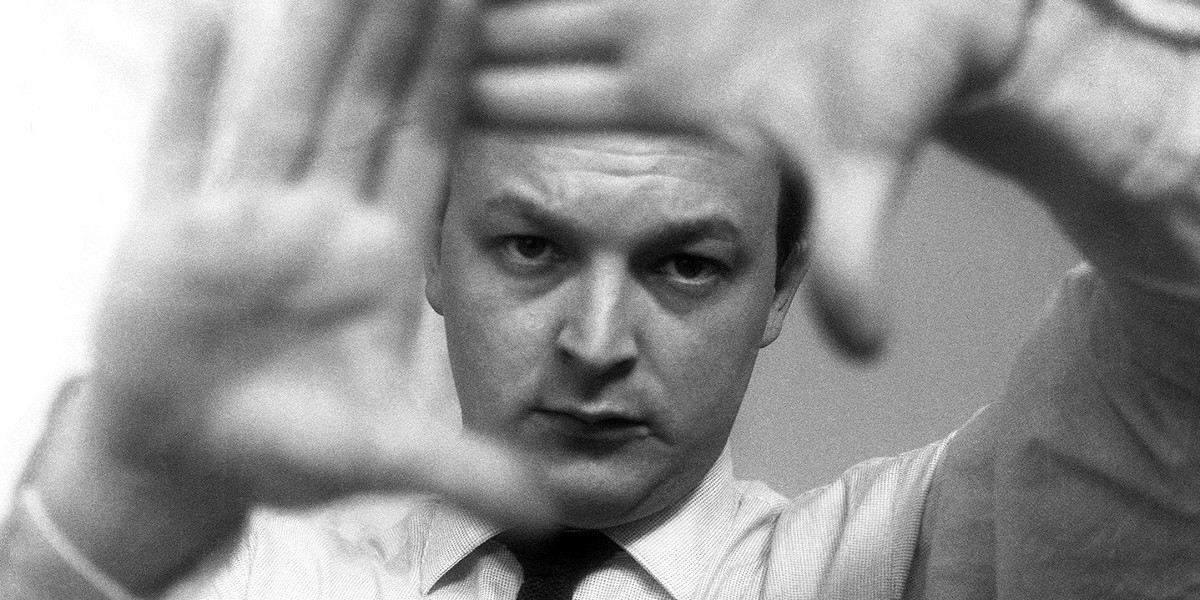

Brian Duffy
UK
B. 1933 – 2010
EnquirePhotographic Career
In 1955, Duffy took up photography as a more lucrative career to support his young family. He underwent early photographic apprenticeships with a variety of commercial operations, spending a short time with a photography company called Cosmopolitan Artists. Duffy enjoyed more success at Artist Partners, an illustration firm where he worked with Adrian Flowers to photograph products and scenarios for the company’s draughtsmen to then copy and turn into advertisements.
By 1957 he had secured himself a contract with Vogue, after engaging the interest of the magazine’s art director, John Parsons. Charged at first with photographing everything and anything, Duffy found himself in the intoxicating creative environment of Vogue Studios, where he encountered some of the great photographers of the age. He worked closely with the models Jennifer Hocking, Pauline Stone, Joy Weston and Jean Shrimpton. It was during this time that Duffy befriended David Bailey and Terence Donovan, who were following similar career paths.
The three re-defined the role of the photographer, and became as well known as the actors, models, musicians and members of royalty that they photographed. They also played a major part in developing the 1960s fashion aesthetic, sexualising the human body and capturing through photography the wider concerns of their generation. Duffy, Donovan and Bailey were thought of as a unit of three renegade, working-class photographers tearing up an effete industry with little regard for the pretensions of the older generation.
By 1963, Duffy had moved into his own studios in Swiss Cottage where he began to develop a successful business of his own. In addition to Vogue, Duffy began to work for French magazine, Elle, under the control of art director Peter Knapp. This arrangement suited Duffy well, and he preferred the atmosphere of Elle to that of its London rival – so much so that he almost completely transferred his allegiance to the magazine after 1965.
In the first half of the decade Duffy’s fashion pictures had led the way in mixing his street-based aesthetic with close cropped compositions, exaggerated angles, and somewhat theatrical poses. He also occasionally indulged in the white-background, studio minimalism beloved of Bailey and Avedon. The move to Elle signalled a change of style that by 1970 had moved on, with the fashion industry, to emulate the colour-based, soft focus style that was pioneered by photographers like Barry Lategan. Although Duffy continued working for Elle until 1979, it was during the early 1960s that his work as a fashion photographer was most influential.
In 1967, he set up a production company with his friend Len Deighton called Deighton Duffy. The company ran until 1971 and produced the film, Only When I Larf (1968) with David Hemmings and Richard Attenborough, and the musical, Oh! What A Lovely War (1969). He also continued to photograph for a variety of publications including The Sunday Times Magazine, Telegraph Magazine, Observer, and Harper’s Bazaar.
Later Life
Alongside his commercial work Duffy also pursued personal projects. Rooted in the modernist aesthetics of Americans Paul Strand, Robert Frank and Walker Evans, Duffy experimented at length with finding the beautiful in the apparently banal – as a personal exercise in the intellectual process of photography.
After many years in the industry, Duffy left the photography world behind, developing a dislike for the highly commercial, cut-throat advertising world. In a drastic move Duffy burnt the many negatives kept at his London studio, but thankfully, his neighbours objected to the acrid smoke, Duffy was forced to stop and the majority of his work was saved. The artist died in May 2010.

